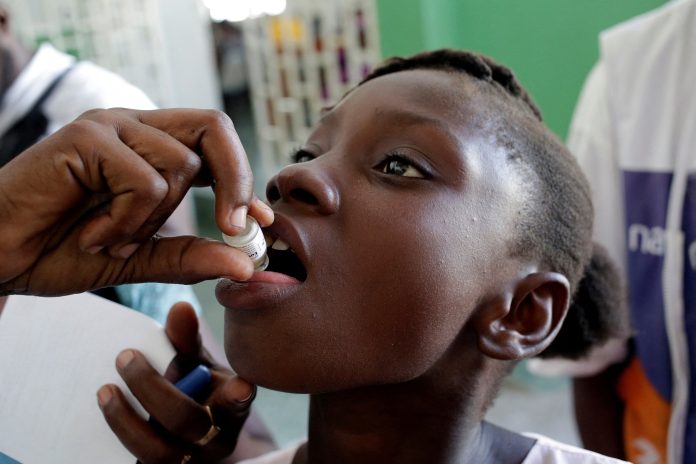Global oral cholera vaccine (OCV) supply could enable large-scale preventive vaccination by 2026 – but urgent action is needed to achieve this goal.
Gavi, the Vaccine Alliance today published a road map outlining critical actions needed to ensure supply of OCV is able to meet growing demand from countries.
Released against a backdrop of a recent wave of cholera outbreaks around the world, the road map forecasts the short-, mid- and long-term outlook for global cholera vaccine supply.
Developed in consultation with a range of key Alliance partners, including WHO, UNICEF, the Global Taskforce for Cholera Control (GTFCC), and the Bill and Melinda Gates Foundation (BMGF), it describes how these organizations, manufacturers and countries can work together towards ensuring global OCV supply can support large-scale preventive vaccination by 2026.
“Cholera vaccines have steadily become more available over the past decade, meeting rising country demand,” said Dr Derrick Sim, Managing Director for Vaccine Markets and Health Security at Gavi.
“But what many people do not realize is that every vaccine dose delivered to a person in need today is the result of years of planning, investment and coordination. As a result, the good news is we have doses to meet all emergency demand despite the rise in outbreaks, and that is expected to continue.
“But this trend underscores the increasing importance of preventing outbreaks before they occur. The ultimate solution to both sustainable OCV supply and cholera control lies in our collective ability to step up our efforts on prevention programmes.”
By 2026, the road map forecasts that supply will start to meet demand for preventive vaccination, thanks to investments in increased capacity and additional manufacturers entering the market.
This will enable large-scale preventive OCV campaigns in cholera-endemic countries.
The pattern of cholera disease and outbreaks in the longer term, as well as ongoing vaccine needs, will likely depend on the success of cholera control measures, including investments in water, sanitation, and hygiene infrastructure, as well as preventive vaccination.


